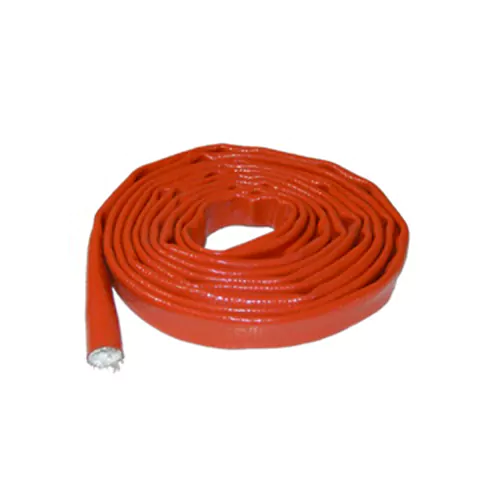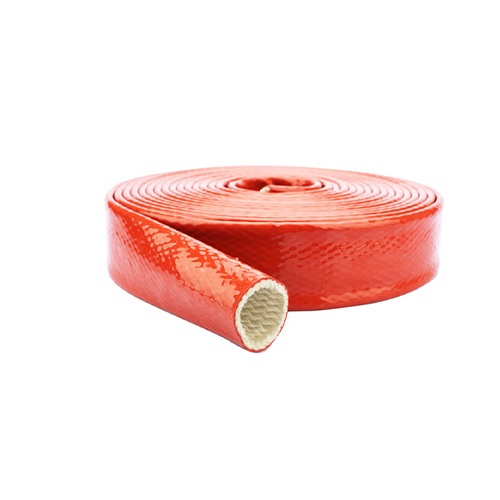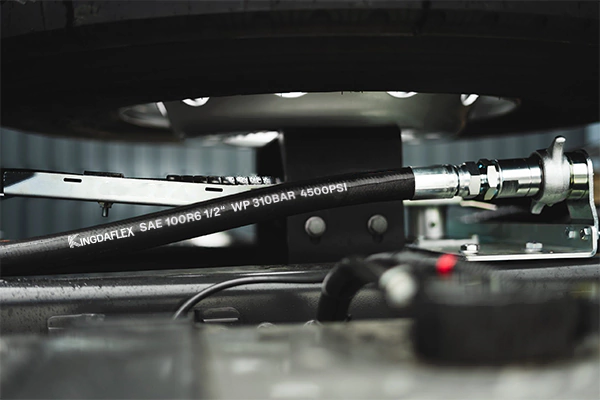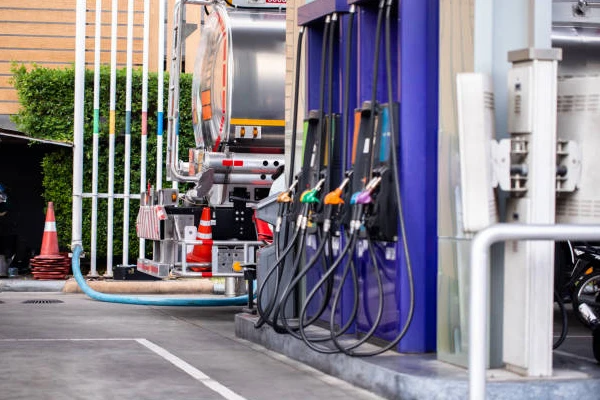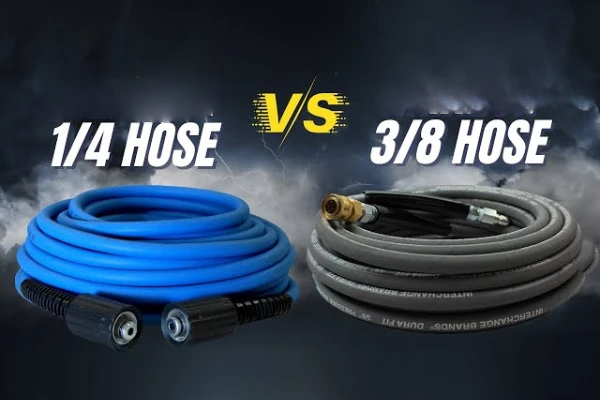When it comes to safeguarding your critical hoses, cables, and wires, fire sleeve installation isn’t just an option—it’s a necessity. These specialized sleeves provide an essential barrier, protecting components from extreme heat, open flames, and molten splash, which can prevent costly damage and dangerous failures.
Properly executed fire sleeve installation dramatically extends the lifespan of your equipment while significantly boosting operational safety. Understanding the “why” behind this crucial process can help you make informed decisions, ensuring your systems are resilient and reliable when it matters most.
What is a Fire Sleeve?
A fire sleeve is a protective tubular covering designed to shield hoses, cables, and wires from extreme heat, flames, and molten splash.
Typically constructed from high-temperature resistant materials like braided fiberglass coated with silicone rubber, it forms an insulating barrier. This helps prevent damage to critical components, extends their lifespan, and significantly enhances safety in high-temperature or hazardous environments.
Fire Sleeve Installation Preparation
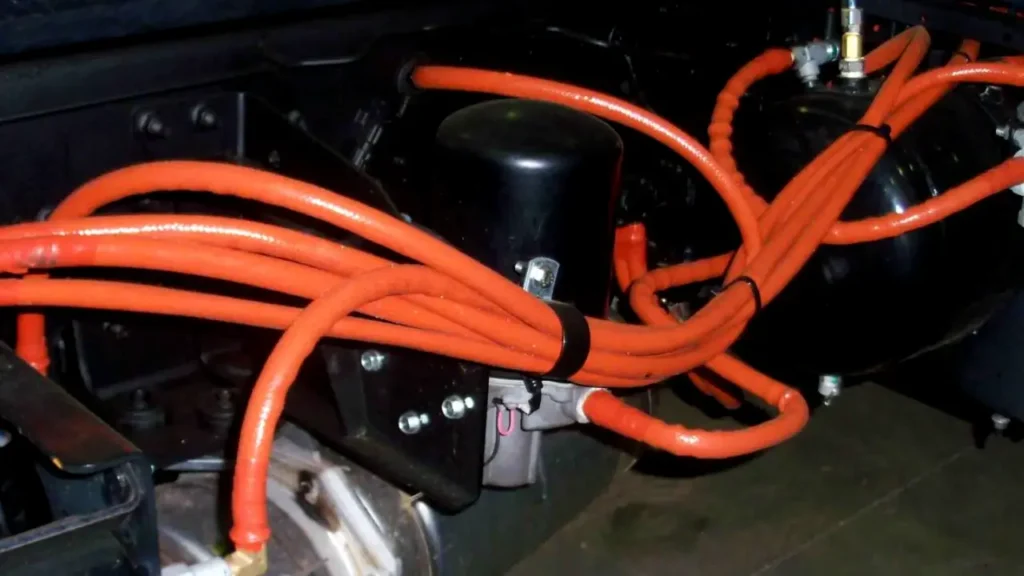
Before beginning your fire sleeve installation, thorough preparation is key to ensuring an effective and lasting protective solution. Here are the essential steps to take:
- Measure Accurately: Carefully measure the length of the hose, cable, or wire that requires protection to ensure you cut the fire sleeve to the correct size, minimizing waste and ensuring full coverage.
- Clean Surfaces: Ensure that the surfaces of the components to be sleeved are clean, dry, and free from oil, grease, or any other contaminants. This promotes better adherence if using self-fusing tapes or clamps.
- Gather Tools: Have all necessary tools on hand, including sharp scissors or a utility knife for cutting the sleeve, appropriate clamps or ties (if required for securing the ends), and any personal protective equipment (PPE).
- Inspect Sleeves: Before installation, visually inspect the fire sleeves for any manufacturing defects, cuts, or damage that could compromise their protective capabilities.
How to Install Fire Sleeves?
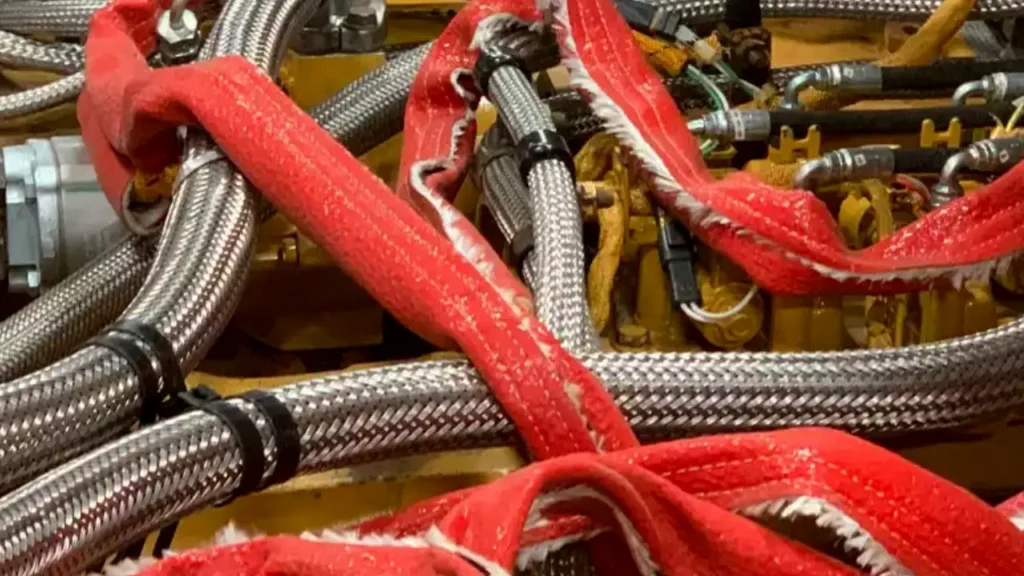
Now that you understand what fire sleeves are and have completed your preparations, let’s walk through the straightforward process of how to install them correctly, ensuring maximum protection and longevity for your systems.
Step 1: Cutting the Fire Sleeve
Carefully measure the required length of the fire sleeve, adding a small allowance for potential shrinkage that can occur under extreme heat or with certain types of sleeves. It’s often better to cut slightly longer and trim later than to cut too short. Using a pair of sharp, heavy-duty scissors or a utility knife with a fresh blade, make a clean, straight cut across the sleeve. Avoid using dull tools, as they can cause the material to fray or leave jagged edges, which can make subsequent steps difficult and compromise the sleeve’s overall integrity and appearance.
Precision in this initial step is paramount, as it sets the foundation for an effective installation. A clean, accurate cut ensures that the fire sleeve provides complete and seamless coverage over the component, maximizing its protective qualities against intense heat, open flames, and abrasive forces. Take your time to get this right, as a poorly cut sleeve can lead to exposed sections or an untidy finish.
Step 2: Sliding the Fire Sleeve Over
Once your fire sleeve is precisely cut, gently begin sliding it over the hose, cable, or wire you intend to protect. Start from one end and work your way along the entire length of the component that requires heat and flame resistance. Ensure that the component is fully inserted into the sleeve, with no gaps or exposed sections within the protected area. As you slide, carefully work the sleeve along, avoiding any kinks, twists, or excessive bunching that could reduce its effectiveness or create stress points.
- For longer lengths or components with complex bends or large fittings, this step may require patience and careful manipulation. It can sometimes be helpful to use a non-abrasive lubricant (if compatible with the sleeve material and component) to facilitate sliding, though often a steady, gentle push and pull motion is sufficient.
- Ensure the sleeve lays flat and evenly around the component, providing consistent insulation and protection across the entire covered section. This even distribution is crucial for uniform heat dissipation and protection.
Step 3: Securing the Ends
After the fire sleeve is properly positioned over the component, the next critical step is to securely fasten the ends to prevent it from sliding off, fraying, or bunching up during operation or movement. The method of securing can vary depending on the application and the type of fire sleeve. Common methods include:
- High-Temperature Resistant Clamps: These are often made from stainless steel and provide a robust, long-lasting hold, ideal for high-vibration environments.
- Silicone Self-Fusing Tape: This specialized tape adheres to itself without adhesive, creating a strong, watertight, and heat-resistant seal, perfect for a clean finish.
- Heavy-Duty Zip Ties: Ensure these are specifically rated for high-heat applications to prevent them from melting or breaking under operating temperatures.
When securing, ensure the fastening method is tight enough to prevent movement but not so tight that it excessively compresses or damages the underlying hose or cable. Over-tightening can restrict fluid flow in hoses or crimp electrical wires, leading to other operational issues.
Properly securing the ends is vital for maintaining the sleeve’s intended position and ensuring its continuous protective barrier, even under dynamic conditions or vibrations. This prevents any part of the critical component from becoming exposed and vulnerable to the very hazards the fire sleeve is designed to mitigate.
Reason for Installing Fire Sleeves Over Certain Fuel Lines
Installing fire sleeves over certain fuel lines is a critical safety measure, particularly in applications where high temperatures or potential ignition sources are present. Fuel is highly flammable, and any compromise to a fuel line can quickly escalate into a dangerous fire, risking equipment damage, operational downtime, and severe injury or loss of life. Fire sleeves act as a crucial barrier, offering a significant layer of protection:
- Heat Shielding: They effectively insulate fuel lines from extreme ambient temperatures generated by engines, exhaust systems, or other heat-producing components. This prevents the fuel from overheating, vaporizing, or degrading, which could lead to fuel system malfunctions or even spontaneous combustion.
- Flame Resistance: In the event of an accidental fire, fire sleeves provide a vital time buffer. They are designed to withstand direct flame impingement for a specified duration, allowing critical moments for emergency response or system shutdown before the fuel line is compromised and feeds the fire.
- Molten Splash Protection: In industrial environments, such as welding operations or foundries, molten metal splash is a common hazard. Fire sleeves offer robust protection against such splashes, preventing them from burning through or damaging the fuel lines.
- Abrasion and Chemical Resistance: Beyond thermal protection, these sleeves also offer a degree of protection against abrasion from vibration or rubbing against other components, and resistance to various chemicals and fluids, further extending the lifespan and integrity of the fuel lines.
Conclusion
Ultimately, prioritizing fire sleeve installation is a proactive step towards enhanced safety and extended longevity for your vital systems. This relatively small investment can prevent catastrophic failures, reduce maintenance costs, and provide invaluable peace of mind, knowing your equipment is protected against the harshest conditions.
By understanding the critical role these sleeves play, you empower your operations with a robust layer of defense. It’s not merely about compliance; it’s about safeguarding assets and, more importantly, protecting personnel from potential hazards associated with extreme heat and fire.
For reliable and high-quality fire protection solutions, consider exploring wholesale fire sleeves from Kingdaflex. We offer a range of products designed to meet the rigorous demands of various industries, ensuring your fire sleeve installation provides the optimal protection you need.

